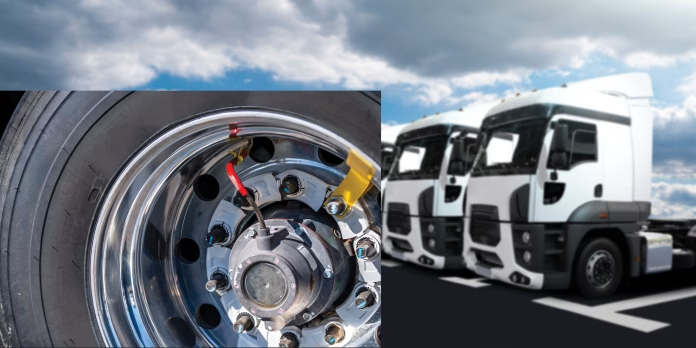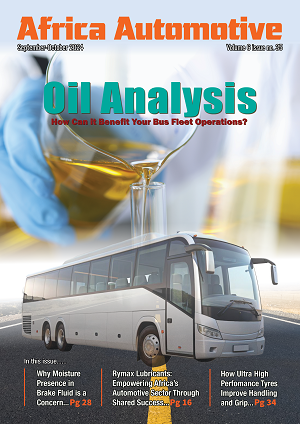Fleet management extends beyond logistics and scheduling. Such that, the performance of your fleet’s tyres is directly linked to fuel consumption, resource use and safety. As a fleet manager, you are constantly balancing operational efficiency, cost control and the increasing demand for sustainable practices. This automatically translates to seeking innovative solutions to improve operational efficiency and minimize environmental impact. One such solution is the use of automatic tyre pressure systems (ATPS). These systems monitor and maintain the correct tyre pressure in vehicles. They use sensors to detect when tyre pressure is low or high, and automatically adjust the pressure to the optimal level. ATPS can be installed in any type of vehicle, including trucks and buses making them an essential tool for fleet management.
Also Read: Bus tyre inflation
The Benefits of Automatic Tyre Pressure Systems in Fleet Management
let’s explore in detail how ATPS can revolutionize your fleet management practices:
Improved Fuel Efficiency
Properly inflated tyres reduce rolling resistance. This in turn reduces the fuel consumption. With ATPS, fleet managers can ensure that vehicles in their fleet maintain optimal tyre pressure, leading to significant fuel savings.
Extended Tyre Life
Over-inflated or under-inflated tyres wear unevenly. This leads to premature wear and tear. Maintaining the correct tyre pressure, ATPS helps extending tyre life, reducing the need for frequent replacements and lowering the overall maintenance cost of your fleet.
Enhanced Safety
When your fleet tyre are Properly inflated, they provide a better traction, braking and handling, which are important factors in ensuring the safety of your drivers and passengers. ATPS also helps prevent accidents that are caused by under-inflated or over-inflated tyres, reducing the risk of vehicle breakdowns and potential injuries.
Reduced Carbon Emissions
As mentioned earlier, under-inflated tyres increase fuel consumption. Heavy fuel consumption increases carbon emissions. However, to improve fuel efficiency, ATPS helps reduce the carbon footprint of fleet vehicles, contributing to a more sustainable future.
Optimized Route Planning and Logistics
Data collected by TPMS can be integrated into fleet management software, providing a good understanding of the vehicle performance and fuel consumption patterns. This information is useful for optimizing routes, reduce idling time and improve logistical efficiency. Route planning also minimizes unnecessary travel and optimize delivery schedules.
Data-Driven Decision Making
TPMS provides valuable data that can inform fleet management decisions related to tire maintenance, vehicle routing, and driver behavior. This data-driven approach allows for more effective resource allocation and optimization, further enhancing sustainability efforts.
Automatic Tyre Pressure Systems in Fleet Management
The world is changing, becoming more conscious of environmental concerns, demanding for more sustainable fleet management practices. The key to achieving sustainability in fleet management is to adopt a holistic approach that considers all aspects of vehicle operation, including tyre pressure monitoring. ATPS offer a cost-effective and practical solution to improve fuel efficiency, extend tyre life, and reduce carbon emissions.
As a fleet manager, it is crucial to embrace the benefits of automatic tyre pressure systems and incorporate them into your operations. By doing so, you not only contribute to a more sustainable future but also improve the efficiency and safety of your fleet, ultimately benefiting your business and the environment.




